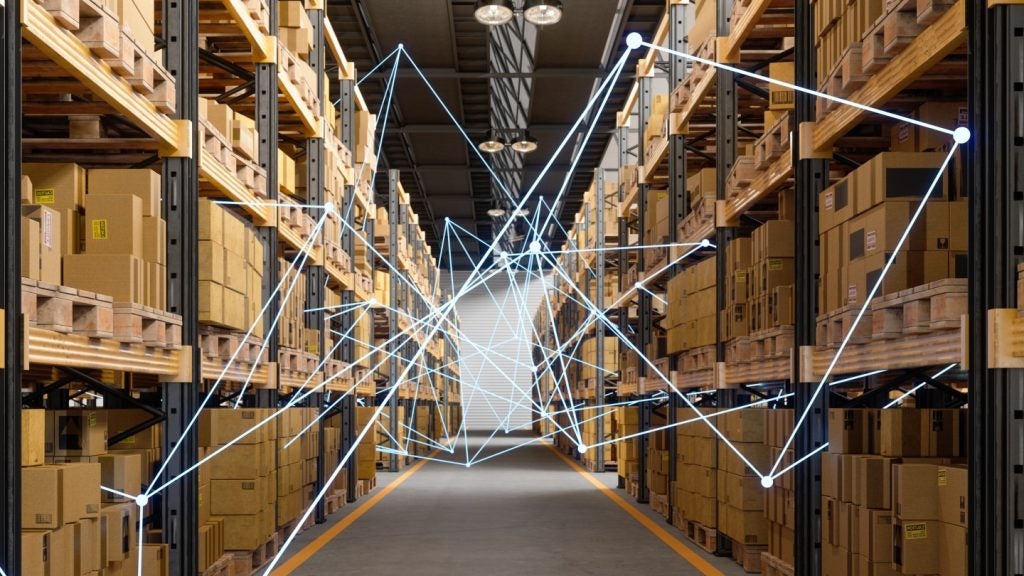
The estimated greenhouse gas emissions from the top 17 consumer technology companies for 2016 amounted to more than 103m metric tons. This is roughly the same level of emissions that came from the European country, the Czech Republic, in the same year.
This is how global smartphone and gadget usage is costing the world, according to Greenpeace.
The environmental charity has published its annual Guide to Greener Electronics report. It analyses the work of the top consumer tech companies, such as Amazon, Huawei, and Google, to see what they’re doing to address their environmental impacts.
The guide was relaunched this year to focus on three impact areas: energy, resource consumption, and chemicals.
The report says:
“Now is the time for the tech sector to channel its expertise into reinventing the way that electronic devices are made and used in society, to reverse the ever-increasing consumption of the planet’s finite resources and reliance on fossil fuels, creating a circular and renewably powered business model that other sectors can follow.”
How well do you really know your competitors?
Access the most comprehensive Company Profiles on the market, powered by GlobalData. Save hours of research. Gain competitive edge.
 Company Profile – free sample
Company Profile – free sampleThank you!
Your download email will arrive shortly
Not ready to buy yet? Download a free sample
We are confident about the unique quality of our Company Profiles. However, we want you to make the most beneficial decision for your business, so we offer a free sample that you can download by submitting the below form
By GlobalData
Here’s how the companies stacked up. Not well, really.

Why does Greenpeace say tech companies are so bad for the environment?
There are different reasons. A lot of it is to do with the supply chain, as there is a lack of transparency about where products and services are coming from and what greenhouse gas emissions they’re causing.
In addition, Greenpeace says the supply chain is driving demand for dirty energy. Between 70 and 80 percent of the carbon footprint of a personal computer device occurs during manufacturing.
Who are the worst offenders?
Samsung is really bad for renewable energy policies according to Greenpeace. The company used more than 16,000 GWh of energy in 2016, of which one percent came from renewables. As well, due to its position as the world’s largest manufacturer of smartphones and supplier of key components to many other brands, it isn’t tackling its climate change responsibility by not committing to 100 percent renewable energy for its operations.
Chinese smartphone maker Huawei is named and shamed too for reporting nothing about the greenhouse gas emissions coming from its supply chain.
However, in terms of transparency, Amazon takes the crown. It is one of the least transparent companies in the world in terms of its environmental performance. It refuses to report the greenhouse gas emissions of its operations. Also, it doesn’t publish any restrictions on hazardous chemicals in its devices being used in its supply chain.
Oppo, Vivo and Xiaomi were all given triple F ratings.
Which company came out on top?
Smartphone maker Fairphone came out top but only with a “B” result. It received an A- for resources, but fell down on its chemical usage.
Considering the company is committed to making devices with minimal environmental impact, it would be a PR disaster if it came any lower.
It was credited with producing products that are repairable and upgradable, instead of “planned obsolescence as a design feature”, which Apple and Samsung are regularly accused of doing.
Also, it incorporates recycled tungsten into its smartphones and sources fair-trade certified gold.
iPhone maker Apple came second, with B- in total. It was marked high for energy, A- but a C for resources.
Why is it important?
According to Greenpeace, it’s very important. The charity says:
“The business model that underpins these devices remains largely stuck in the past, dependent on a linear system of production that requires constant consumption while sacrificing the health of workers and the environment to subsidize manufacturing costs.
“This model … is not sustainable on a planet with finite resources, rising temperatures, and an increasing number of people getting connected with mobile devices.”
With the usage of connected devices at an all-time high and only set to increase, the environmental impacts are set to rise. This eventual cost to the consumer will be more than the price of a new iPhone.






